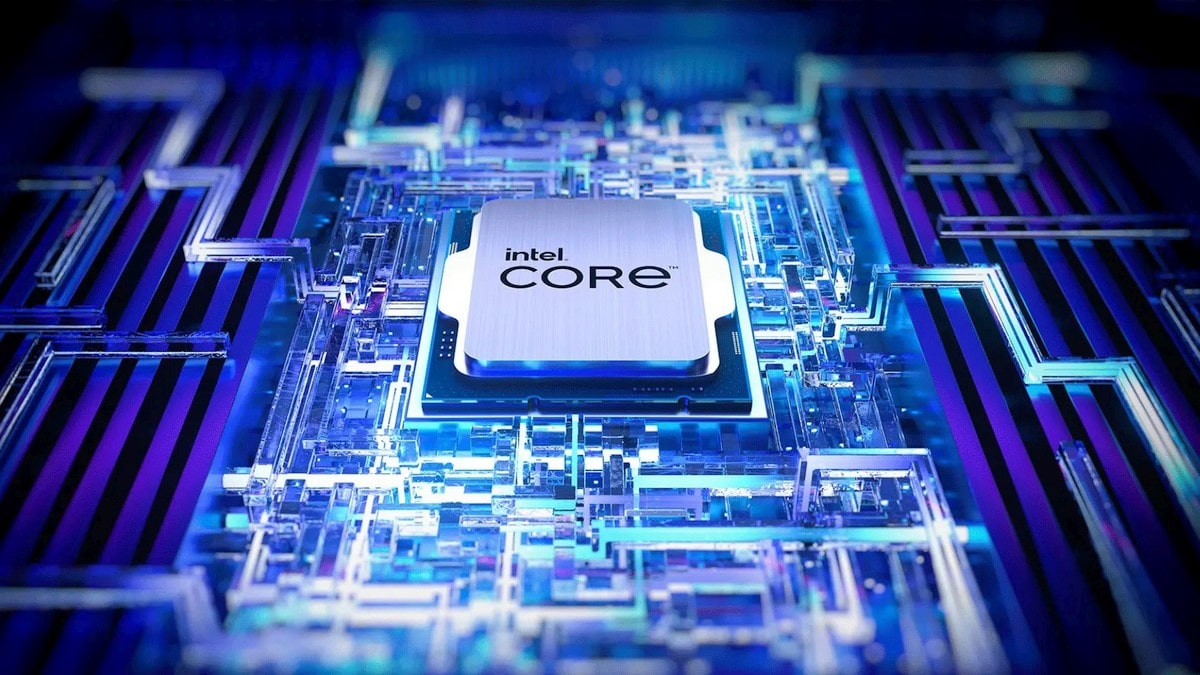
Evolution of Intel processors
In the fast-paced world of technology, Intel has been a stalwart force, consistently pushing the boundaries of innovation in the realm of processors. From the early days of the x86 architecture to the cutting-edge advancements of today, Intel processors have become synonymous with power, performance, and reliability.
The Evolution of Intel Processors:
Intel’s journey in the realm of processors began with the 4004, a groundbreaking 4-bit microprocessor released in 1971. Since then, the company has relentlessly pursued advancements in microarchitecture, manufacturing processes, and overall performance. Today, Intel’s processors are found in a vast array of devices, from personal computers to data centers and beyond.
Microarchitecture Milestones:
One of the key elements of Intel’s success lies in its ability to continually refine and enhance microarchitecture. The transition from the 8086 to the present-day architectures, such as Skylake and beyond, showcases the company’s commitment to efficiency and performance. Each generation brings improvements in clock speed, instruction per cycle (IPC), and power efficiency, resulting in processors that excel in a variety of applications.
Manufacturing Process Innovations:
Intel has been at the forefront of semiconductor manufacturing technology. The shift to smaller nanometer processes, such as 10nm and 7nm, has allowed for more transistors to be packed into a smaller space, leading to increased performance and energy efficiency. The challenges of scaling down to smaller nodes have been met with ingenuity, and Intel’s dedication to advancing manufacturing processes is a testament to its position as a leader in the semiconductor industry.
Performance for Every Purpose:
Intel processors cater to a diverse range of users, from casual consumers to demanding professionals. The Core series, including i3, i5, i7, and i9, offers a spectrum of performance levels to suit various needs. The Xeon series, on the other hand, is tailored for enterprise solutions and data centers, providing scalability and reliability for mission-critical applications.
Innovation in Integrated Graphics:
Intel has made significant strides in integrated graphics, with processors featuring Intel Iris Xe graphics delivering impressive performance for gaming and content creation. This integration eliminates the need for a discrete graphics card in many scenarios, providing a cost-effective solution without compromising on visual experiences.
Looking Ahead:
As technology continues to advance, Intel shows no signs of slowing down. The roadmap includes exciting developments such as hybrid architectures, AI integration, and quantum computing research. The upcoming generations of processors promise even greater performance, efficiency, and versatility, ensuring that Intel remains a driving force in the ever-evolving landscape of computing.
Conclusion:
Intel processors have come a long way since the inception of the 4004, evolving into powerful and versatile components that drive the digital world. The relentless pursuit of innovation in microarchitecture, manufacturing processes, and performance has solidified Intel’s position as a leader in the semiconductor industry. As we look to the future, the continued advancements in technology promise to bring even more exciting developments from this iconic company.
This Post Has 0 Comments